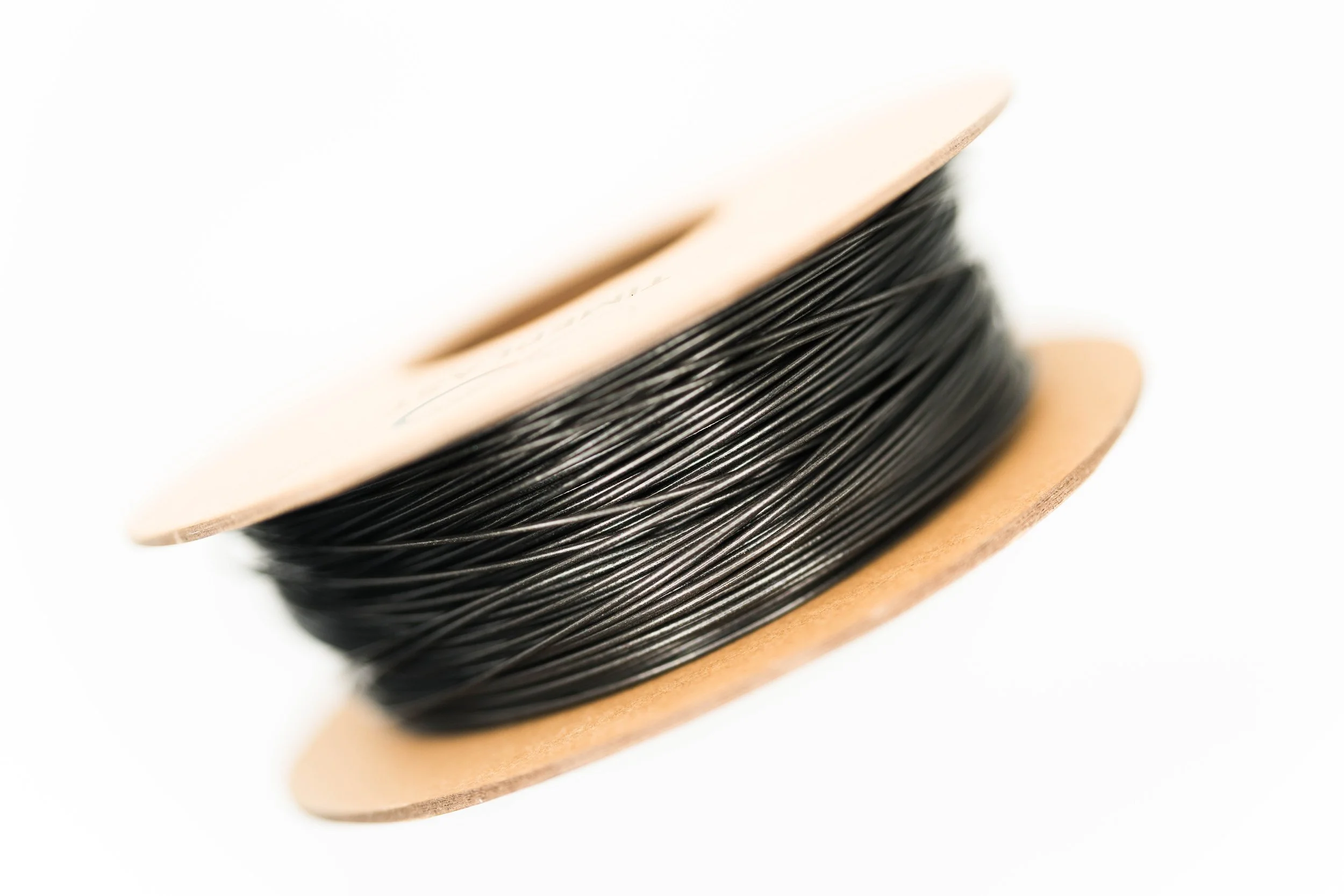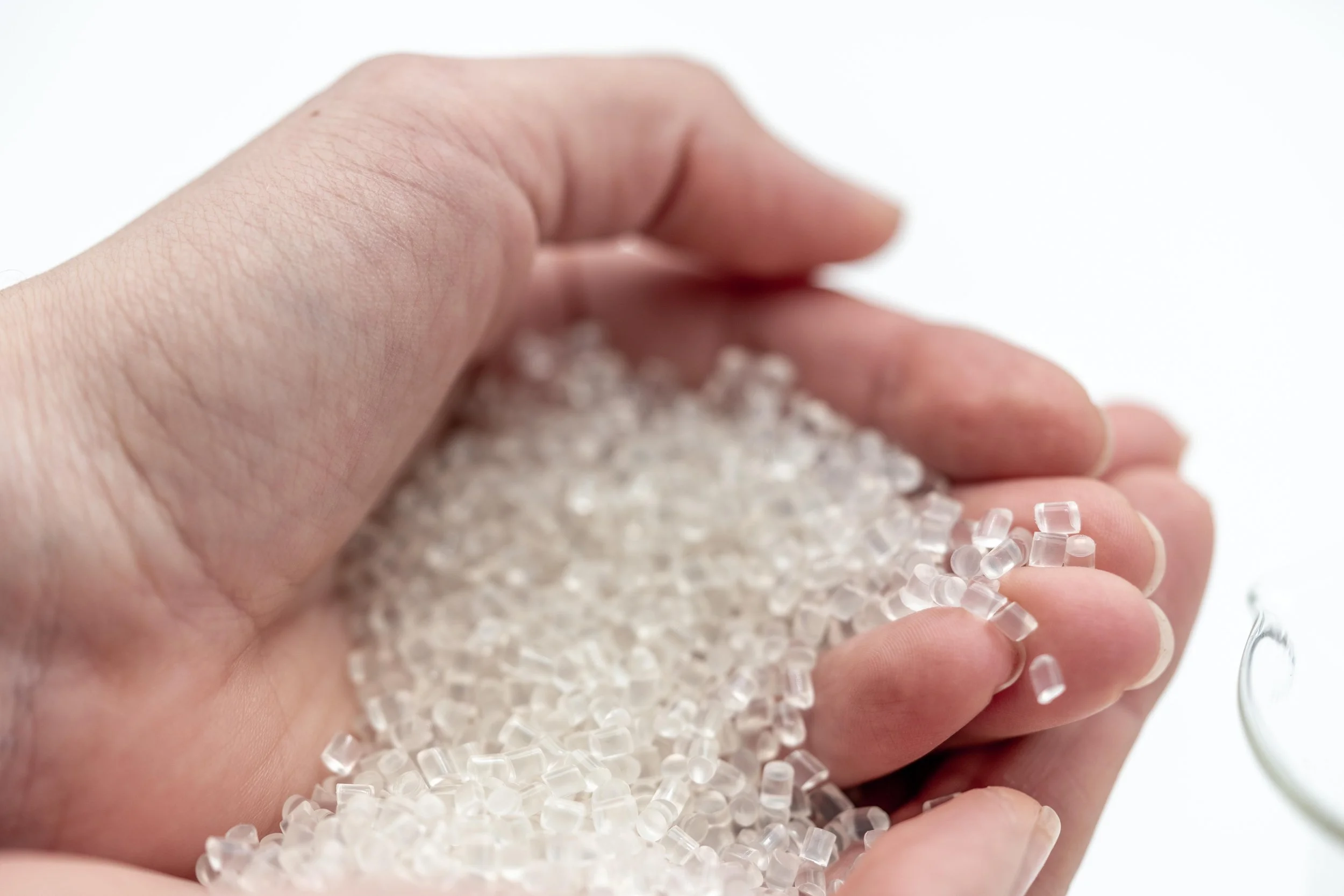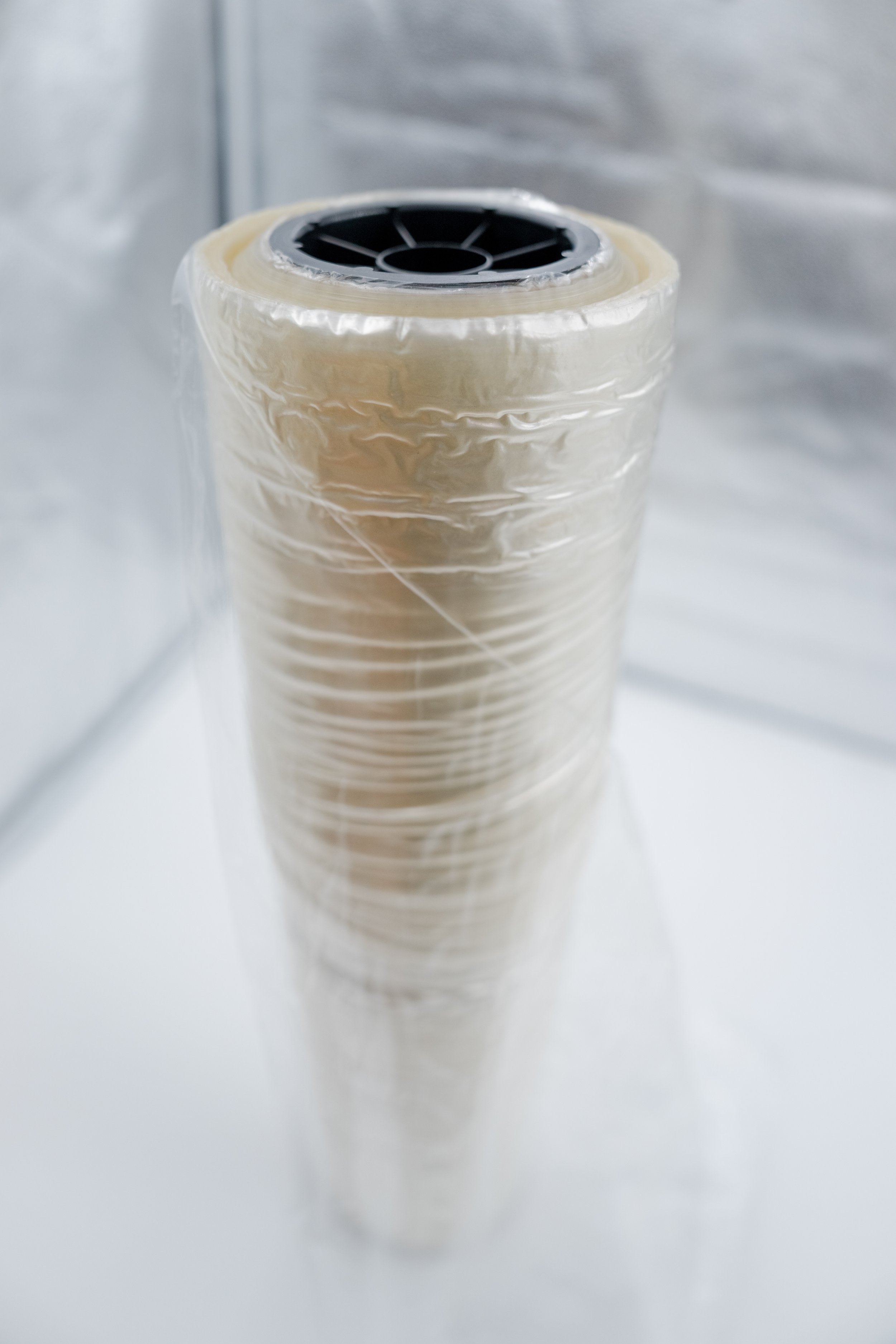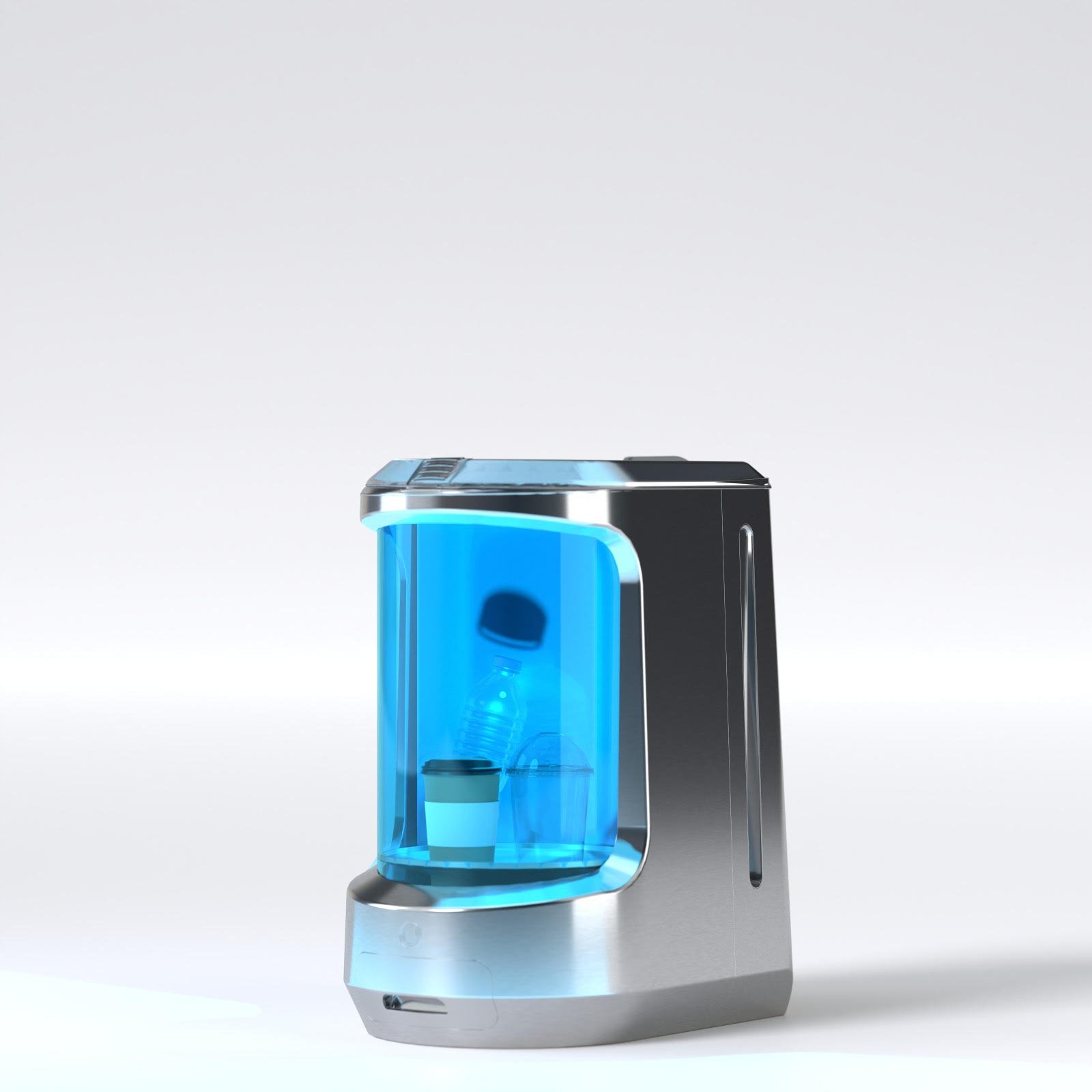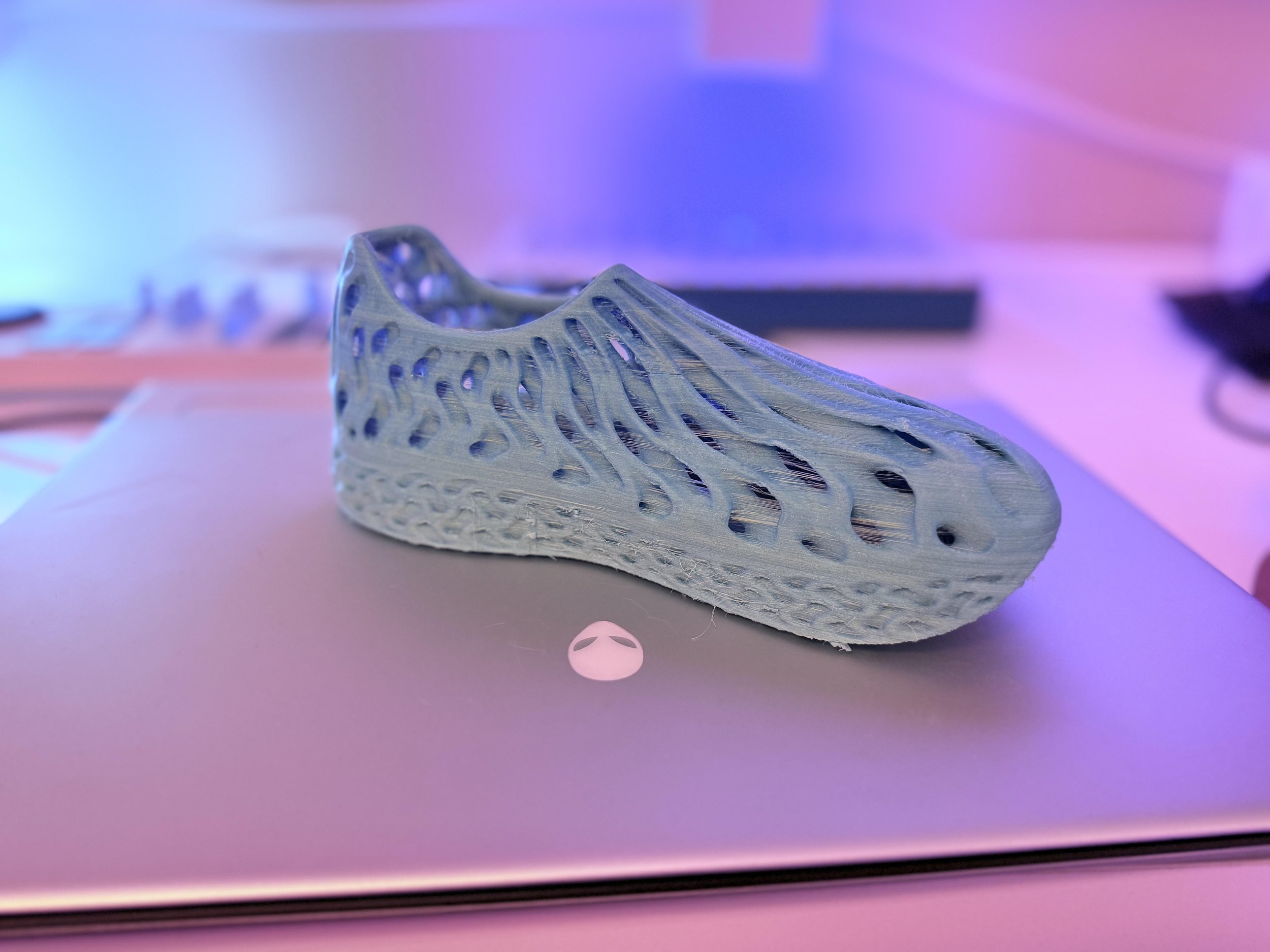
The 70% made of water material. Ask ChatGPT how’s that even possible.
The first and only End-to-End solution for the plastic pollution issue.
Our portfolio of products

What is Timeplast?
Timeplast is a pioneering chemical technology company specializing in the development of time-programmable, water-soluble materials.
Factory’s tour

We will change the world
In this video, we walk you through the boldest promises we’ve ever made; And the even bolder ones we’ve already kept.
The Plastic Abyss
A molecular disintegrator in the shape of a bottomless trashcan

The Vision of Timeplast
as explained by its founder and CEO
At Timeplast we believe that the dream of Universal Prosperity is achievable, and it starts here.
Common questions answered
Timeplast materials dissolve only when in continuous contact with non-stagnant, freely flowing water.
Unlock the dimension of time in plastic with Timeplast:
Timeplast Active: Dissolves quickly
Timeplast Delayed/Extended: Dissolves slower than active.
Timeplast Passive: Dissolves very slowly.

What is Timeplast?
In the realm of chemistry, there are two fundamental types of materials: polar and non-polar. While the Earth's surface is covered with water—a polar solvent—and the biosphere, including our bodies, is predominantly polar, the plastics we use every day are non-polar. Why does this matter? Because non-polar plastics repel water at the molecular level, rendering them nearly indestructible in nature. Over time, these materials break down into microscopic particles that persist in the environment and our bodies indefinitely.
Timeplast is a pioneering polar chemical technology company focused on reversing this trend. We develop polar materials designed to replace traditional plastics, introducing a crucial vulnerability to water as nature intended. Unlike existing water-soluble materials like PVA (invented in 1924), which dissolve immediately upon contact with water, Timeplast has solved this challenge. With seven patents granted by the USPTO, we’ve created materials with controlled water resistance—functional for daily use yet fully dissolvable at the end of their lifecycle.
Why Timeplast Matters
Timeplast produces raw materials that can be transformed into a wide array of applications, including:
Straws
Single-use containers
Stretch films
Saran wraps
Bags
3D printing filament
Indoor house paint
Fishing lines
Additionally, we are developing an innovative device called the Pabyss (short for "Plastic Abyss"). This "Molecular Disintegrator" reactor can dissolve all Timeplast materials in minutes, regardless of their expiration date, leaving behind only benign byproducts. Together, this combination of revolutionary materials and transformative technology offers the first truly end-to-end solution to the global plastic pollution crisis.
Let’s explore and debunk.
LEVEL 1: CONVENTIONAL PLASTICS.
These are traditional, fossil-fuel-based plastics, including Polyethylene (PE), Polypropylene (PP), Polystyrene (PS), Polyvinyl Chloride (PVC), and Polyethylene Terephthalate (PET). They are widely used but contribute heavily to pollution as they persist in the environment for centuries.
Levels of Plastics
LEVEL 2: PARTIALLY RECYCLED PLASTICS.
These are plastics that contain a mix of virgin and recycled content, such as Partially Recycled PET (rPET) or Partially Recycled PE. While they reduce raw material use, they still pose environmental challenges due to the presence of new plastic.
LEVEL 3: 100% RECYCLED PLASTICS.
Plastics made entirely from recycled materials, such as 100% Recycled PET or 100% Recycled HDPE. These help reduce waste and limit the need for virgin plastic but still face the issue of microplastics and degradation over time.
LEVEL 4: PARTIALLY BIO-BASED PLASTICS.
These include plastics that are partially derived from renewable biological resources, like Bio-based PET and Partially Bio-based PLA. Although sourced from plants, they may still contain fossil-fuel-based components and don’t fully address long-term environmental concerns.
LEVEL 5: 100% BIOBASED PLASTICS.
Fully plant-based plastics, such as PLA (Polylactic Acid) and PHA (Polyhydroxyalkanoates), which are derived entirely from renewable sources. They offer a more eco-friendly alternative to conventional plastics but may not always degrade efficiently in natural environments.
LEVEL 6: WATER SOLUBLE PLASTICS.
The most advanced and environmentally friendly solution, including Timeplast, which dissolves completely in water, leaving no microplastics or harmful residues behind. Timeplast breaks down into naturally occurring compounds, aligning with nature’s design, as water is intended to be the universal solvent. This represents the ultimate level of plastic sustainability.
PVA and Timeplast:
Unpacking
the differences
While the concept of water-soluble plastics isn't new, Timeplast's innovative approach distinctly sets it apart from traditional materials like Polyvinyl Alcohol (PVA). PVA, developed in 1924, is predominantly used in niche applications like dishwasher pods due to its inherent limitations. The material begins dissolving upon contact with any moisture and is typically restricted to forming thin films, given that as increasing its thickness compromises its solubility.
Timeplast on the other hand, is able to exist in the presence of water for a predetermined period of time, after which point it will then dissolve.

A type 1 civilization
With Earth looking blue from outer space due to its surface mostly covered in H2O, crowning water as the solvent king should be an incredibly obvious move for a Type 1 Civilization in the Kardashev Scale. It's time to harmonize materials with water solubility as a guiding principle. Timeplast stands positioned to revolutionize the plastic industry with its groundbreaking material that aligns with our planet's Grand Chemistry design - from inception to disposal. Together, let's reinvent the norm, let's tip the scales in favor of a chemically balanced world, and beyond; a chemically balanced civilization.
Learn about our latest pieces.
-
Timeplast is composed of 70% water, and 30% of calcium carbonate, vinegar, sugar alcohols and polyethenol.
-
No. Microplastics are pieces that even at nanometric levels are still non-water-soluble.
-
Yes. Our key technological point is the programmability of water resistance in a water soluble material.


